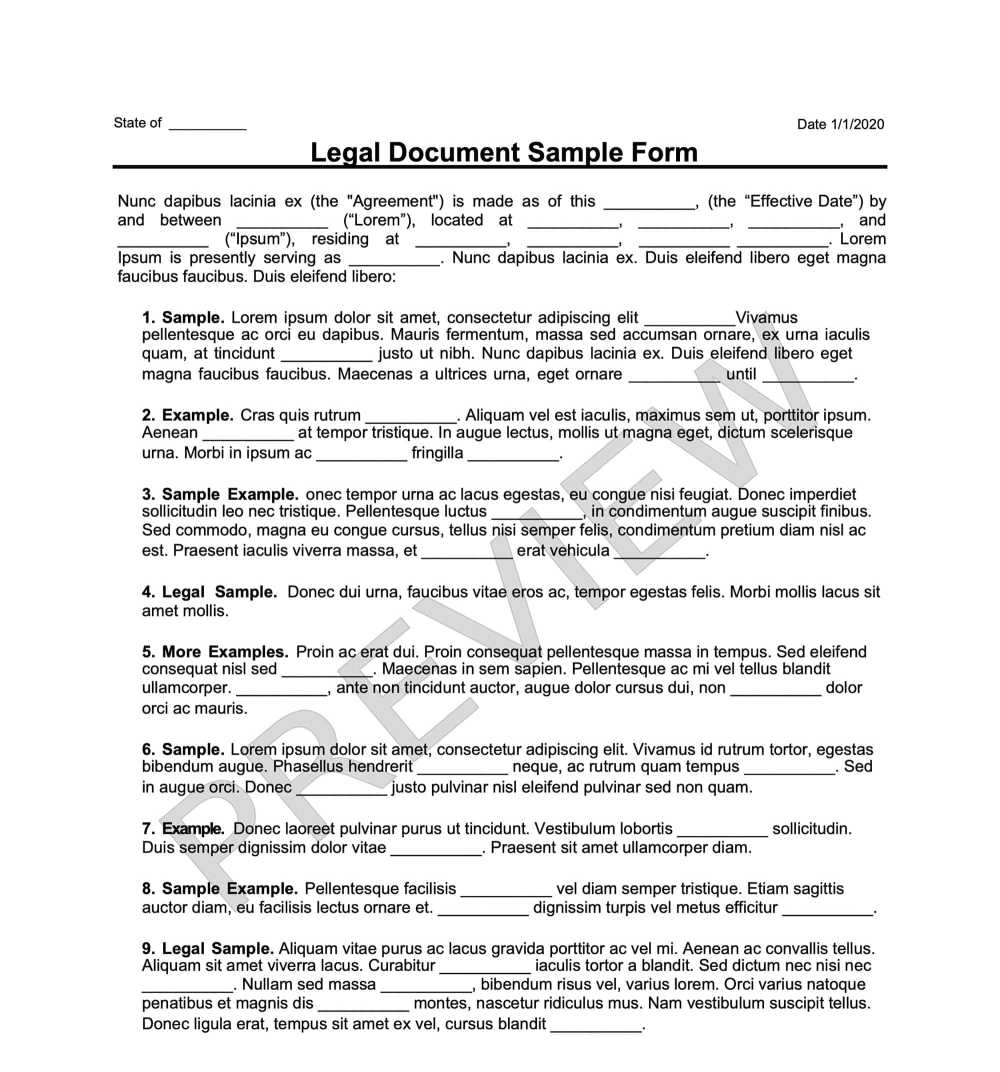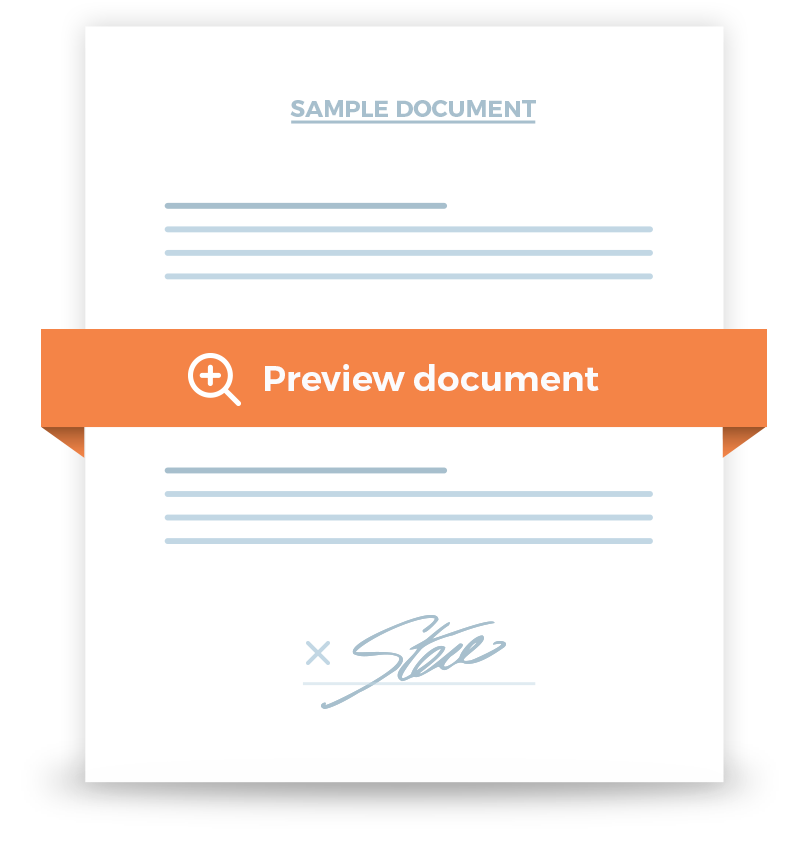Complaint Letter
A Complaint Letter is one that people send to voice a grievance against a company’s service or product.


Frequently Asked Questions
It is probably best to avoid writing a Complaint Letter in the heat of the moment of dissatisfaction. Choose the right moment and calmly explain the problem that you are having. Introduce yourself properly and refrain from ad hominem attacks. The more details regarding your grievance that you can provide, the more likely you are to have a positive outcome. The presentation is very important, which only means that you should review and proofread it with care before sending, with particular attention paid to your contact details if you are to expect a response.
A demand letter is used to demand the purveyor to fulfill an obligation. Whereas a Complaint Letter is used in cases where a product or service is defective or dissatisfactory, a demand letter is best if your goal is to demand in no uncertain term for the other party to fulfill its legal obligation. Like a Complaint Letter, sending a demand letter could be a prerequisite to pursuing legal action.
An apology letter is a written apology. While anyone can write an apology letter to anyone, in the normal conduct of business, it is often used between two companies or organizations as an expression of regret over an action or inaction. A written apology is often required to create an official trail of the admittance of wrongdoing prior to the resumption of a working relationship.
Without a Complaint Letter, the worst outcome that you can expect is an absence of remedy to what is troubling you. Sometimes, complaining in person or over the phone is enough to get the desired outcome, but other times you may have to compose a proper Complaint Letter.
The Complaint Letter can be very effective, especially if it is well-written and detail-oriented. It is also important to note that the complaint should be grounded in objective reasoning for maximum effect. Subjective complaints are less likely to be taken seriously. In contrast, supplying accurate information that cannot be easily disputed would strengthen one’s Complaint Letter.




